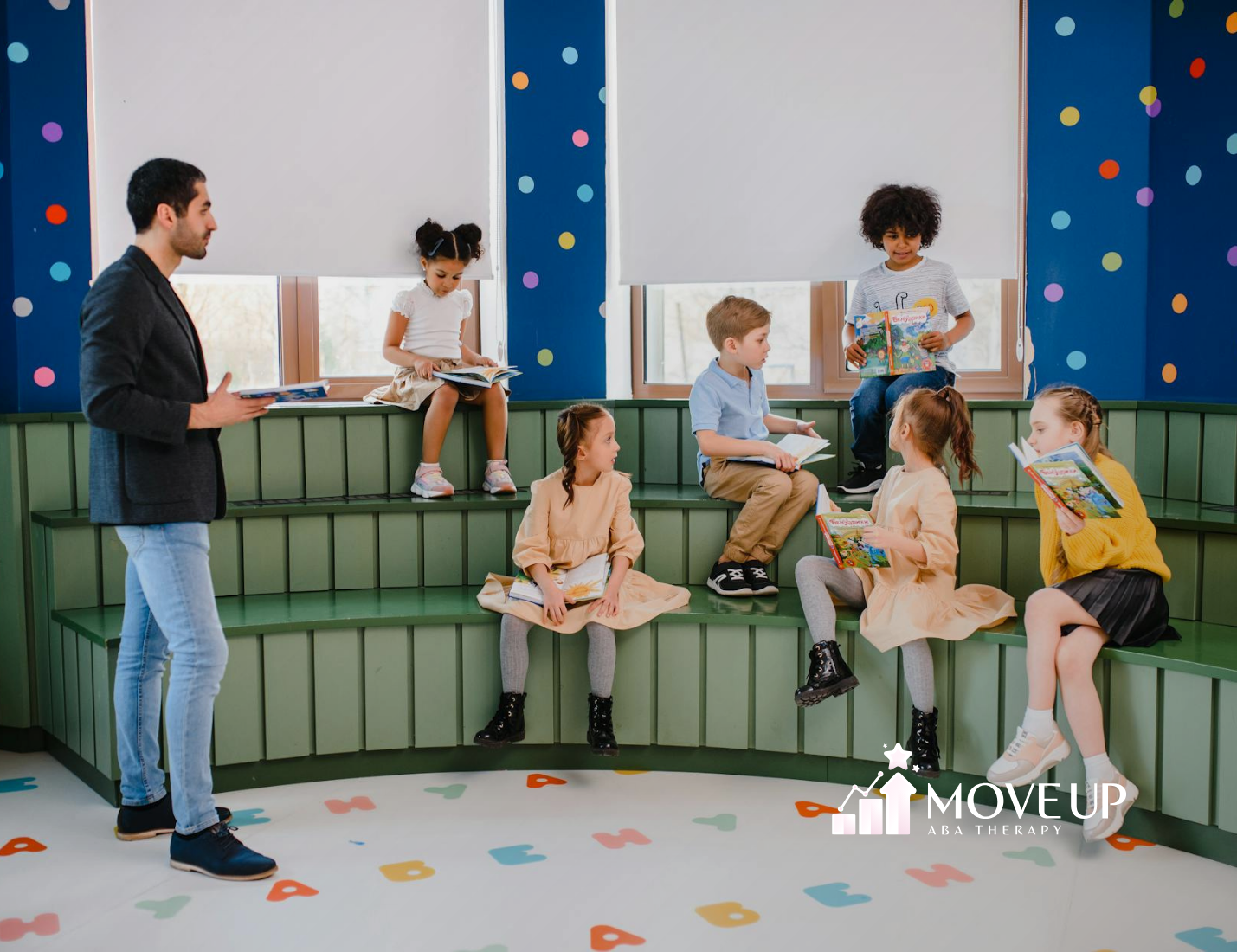Teaching a second language to a child with autism can be both rewarding and achievable with the right approach. While every child is unique, many children on the autism spectrum can successfully learn two languages when instruction is tailored to their needs.
Start with structured routines. Using the second language consistently during daily activities—like meals, playtime, and bedtime—helps reinforce understanding naturally. Keep phrases short and simple, and repeat them often.
Visual aids such as pictures, flashcards, and gesture-based communication can support comprehension. Children with autism often respond well to visual learning, making it a great way to connect meaning to words in both languages.
Follow the child’s interests. If they enjoy a certain cartoon or activity, introduce vocabulary related to it in both languages. Motivation and engagement are key to progress.
At Move Up ABA, we incorporate Applied Behavior Analysis (ABA) strategies—including positive reinforcement, prompting, and modeling—to help children develop language skills at their own pace.
Bilingual learning doesn’t have to be overwhelming. With consistency, patience, and the right support, autistic children can thrive in learning a second language.
Frequently Asked Questions
1. Can a child with autism learn two languages?
Yes, many can learn with individualized support.
2. What teaching methods work best?
Visuals, ABA techniques, repetition, and interest-based learning.
3. Should one language be prioritized?
Focus on consistency and communication in both languages, based on the child’s environment.







